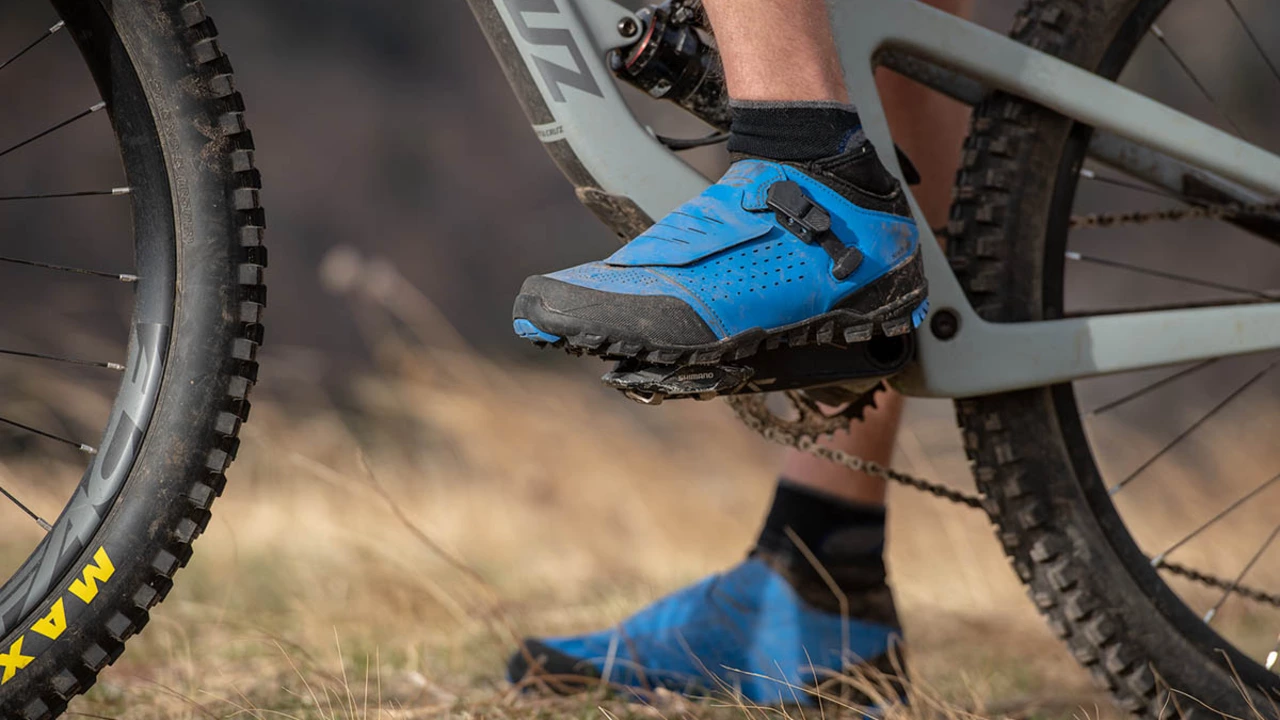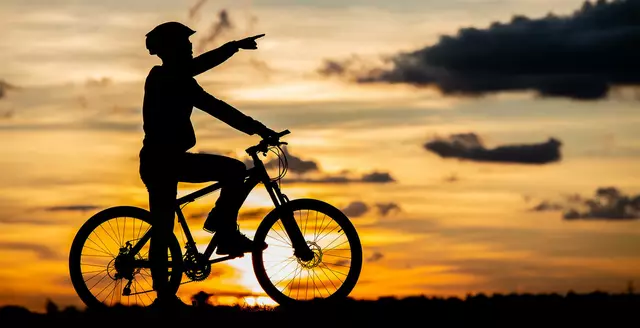Mountain‑Biking Shoes: What to Look for and How to Pick Yours
If you’re hitting the trails, the right shoes can make a huge difference. They keep your feet stable, protect them from rocks, and help you pedal efficiently. Below are the basics to get you riding with confidence.
Fit and Comfort Matter Most
First thing: the shoe has to feel good on your foot. Slip it on and walk around. No pinching, no dead space. A snug toe box prevents bruises, while a little wiggle room lets your foot breathe. Check the insole – a cushioned one reduces fatigue on long climbs.
Choose the Right Sole
Mountain‑biking shoes come with either flat, grippy soles or stiffer, more efficient soles. Flat soles give you better pedal control when you’re standing on the pedals for technical sections. Stiff soles transfer power better on smoother trails. Many shoes offer a middle ground with a slightly flexible sole that still feels solid.
Look for rubber with a deep tread pattern. It offers traction when you walk on slick rocks or steep climbs. Some brands add a removable sticky pad for extra grip on steep drops.
Another key is the cleat system. Most mountain shoes use a two‑bolt (SPD) setup that lets you ride with regular shoes when you need to hike. If you plan to ride all day, a shoe that secures the cleat firmly will keep your foot from slipping off the pedal.
Materials affect weight and durability. Leather molds to your foot over time but can get heavy when wet. Synthetic uppers dry fast and stay light, but they may not last as long. A hybrid mix gives you the best of both worlds – sturdy where it counts and breathable elsewhere.
Don’t forget the closure type. Velcro straps are quick and easy, especially if you’re in a race pit stop. Laces offer a custom fit but can be a hassle on the trail. Some shoes combine both, letting you lock in a secure fit while still getting fast adjustments.
When you’re budgeting, think about how often you ride. A $120 pair with a solid sole and good grip will outlast a $80 shoe that wears through the tread quickly. Spending a bit more upfront often saves money in the long run.
Maintenance is simple: rinse the shoes after a muddy ride, let them air dry, and wipe the cleats with a dry cloth. If the tread starts to smooth out, a quick sandpaper rub can bring back some grip.
Finally, try the shoes on the same socks you’ll ride in. Thick socks add bulk, while thin ones let the shoe hug your foot tighter. Test them on a short ride before you commit – the real feel shows up when you’re moving.
With these tips, you’ll have a clear picture of what makes a good mountain‑biking shoe. Pick a pair that fits your foot, matches your trail style, and stays comfortable for the distance you ride. Happy shredding!
Alright folks, let's dive pedal-first into the cycling shoes debate! It's like choosing between chocolate and vanilla - both delectably delightful, but oh-so different. Road-cycling shoes, they're the sleek, speedy racers of the footwear world, offering mind-blowing power transfer and aerodynamics. Now, mountain-biking shoes, on the other hand, are your rugged, all-terrain warriors, offering great grip and walking comfort - they're like hiking boots on a bicycle caffeine rush! So, whether you're zooming on asphalt or tackling tough trails, remember, the right shoe can make your ride feel as smooth as butter on a hot pancake!
Read more





